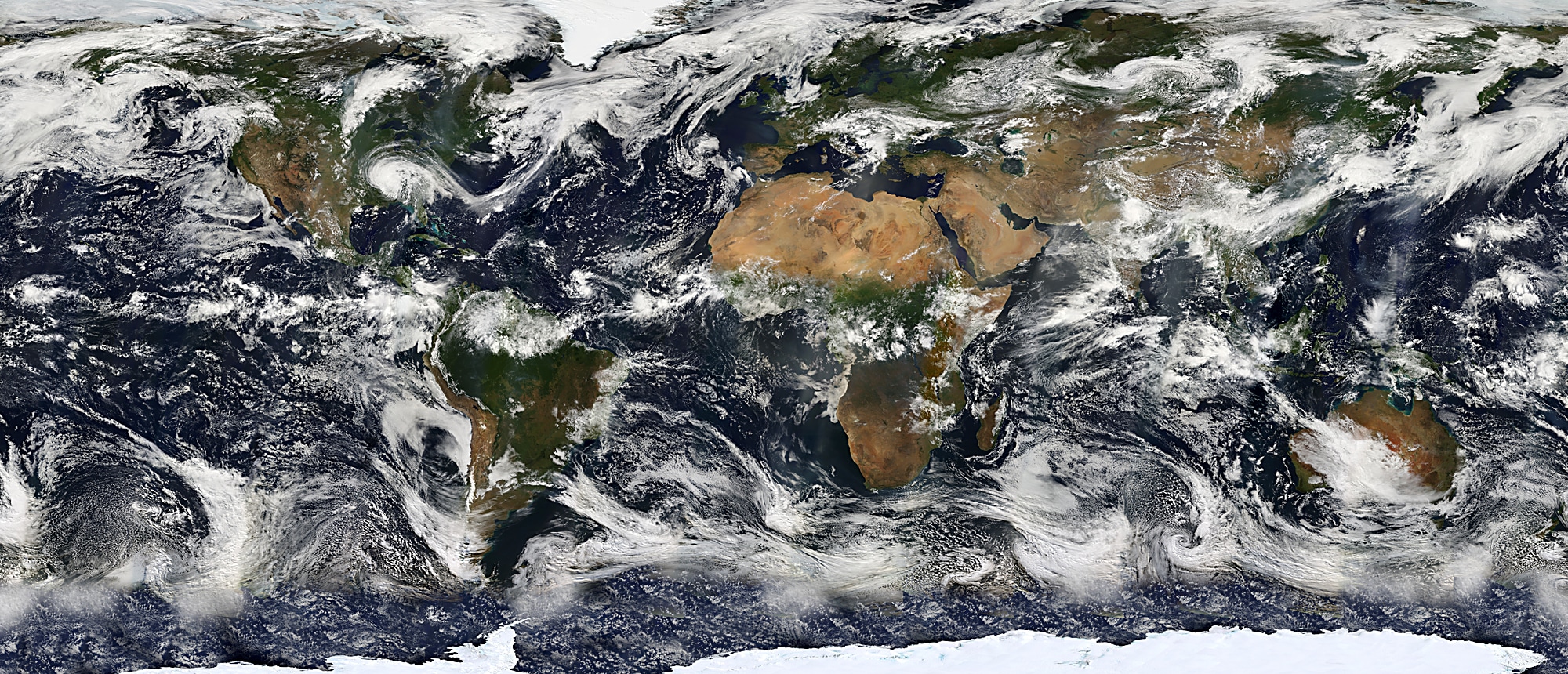America Is Falling Far Behind On Key World Goals
The idea of sustainable development is that every nation (and local community) should aim for a triple bottom line: economic prosperity, social justice and environmental sustainability. However, many of our politicians have never warmed to the idea. The business of America, after all, is business, or so goes the dangerous view of the Washington lobbyists. Yet America is paying a high and rising price for neglecting social and environmental objectives.
We must urgently hope that America’s flashing-red danger signs — falling life expectancy, rising suicide rates, stagnant or falling subjective well-being, major epidemics of opioids, depression, obesity and record losses from climate-related disasters – will soon trigger a change of course in the United States toward social justice and honesty in government.
And if we need any more convincing, two new studies point to the urgency of taking action.
This week my colleagues and I at the UN Sustainable Development Solutions Network and the Bertelsmann Foundation published the 2018 Sustainable Development Goal Index. This index measures the progress of each nation toward the 17 Sustainable Development Goals that were adopted in 2015 by all 193 UN member states as a road map for the period 2016-2030. These goals range from ending poverty (SDG 1) and hunger (SDG 2) to improving the quality of education (SDG 4) to reducing inequality (SDG 10) to protecting the environment (SDGs 11-15), and more.
Sweden, Denmark and Finland are ranked first, second and third this year, respectively, indicating they are the three countries closest to achieving the 17 SDGs. Among the 35 high-income countries in the Organization for Economic Cooperation and Development, the United States, alas, placed no better than 29th.
There is an added reason for concern for the United States. If we compare the rankings on the SDG Index with those of happiness reported in the recent 2018 World Happiness Report, we find a strong relationship. Countries that rank high on the SDGs also rank high on happiness. Six countries are in the Top 10 of both rankings (Finland, Norway, Denmark, Iceland, Switzerland and Sweden). The United States, on the other hand, ranks a rather depressing 18th on the happiness chart, far behind the leading countries.
What’s worse, the US happiness ranking has been falling over the years.
The United States ranks so low on the SDG Index, in particular, because the US political and economic framework — including hostility to labor unions, tax cuts for the rich, weak pollution control and a limited social safety net — put the emphasis on economic growth over social fairness and environmental protection. While sustainable development is supposed to rest on three legs — economic, social and environmental — the US economy teeters precariously on just the economic leg, ready to tumble down in social conflict and environmental mayhem.
The SDG index records the bad news. Consider the social goals. On SDG 5, the goal of promoting gender equality, the United States ranks 23rd out of the 35 OECD countries. On SDG 10, the goal of reducing income equality, the United States ranks a dismal 31 of 35 OECD countries. And on SDG 16, the goal of promoting peaceful and inclusive societies, it ranks a lowly 26 of 35 OECD countries.
The United States similarly ranks low on environmental sustainability. Most disastrously, on SDG 13, the goal to limit human-caused global warming, the United States ranks a dreadful 33 out of 35 OECD countries. The US economy emits around 16 tons of carbon dioxide per person each year, just about the highest CO2 emissions rate in the world. With Donald Trump aggressively promoting even more fracking and oil drilling, not to mention subsidizing the coal sector, America’s environmental standing is likely to fall even further in the coming years.
The SDG Index is also designed to measure the indirect “spillover” damage that the United States and some other (mainly rich) countries are causing through international trade and finance. For example, when US consumers buy industrial products from China’s polluting industries, the SDG Index attributes some of the pollution to the US consumers. And when the US consumers purchase overseas farm products, the SDG index records the pollution associated with the fertilizers used in the overseas farm production.
There are also other less obvious negative spillovers included in the index. The United States and other arms exporters are given demerits in the index since the arms exports may contribute to future armed conflicts. Also, the United States and some other nations (such as the United Kingdom) are scored lower for making it easy for overseas wealth-holders to avoid taxes in their home countries by stashing the money in private low-tax accounts in the United States and other tax havens.
For the first time, the report measures not only progress toward the SDGs but also the efforts by governments to achieve the SDGs. For the largest 20 economies (the so-called G20 countries), governments are evaluated on their commitment to the SDGs: Are top officials speaking about the SDGs? Is the nation’s statistical agency measuring SDG progress? Is the government adopting policies and plans to achieve the SDGs? Most of the G20 governments are indeed making SDG-based plans. Not so the Trump administration, which has utterly ignored the SDGs. The US government ranks dead last among the G20 countries on SDG effort.
While our national politics are not yet moving in that direction, there are new initiatives at the state and local level in many parts of the nation — for example, New York City’s bold adoption of the SDG framework. The lessons from around the world are clear: Sustainable development, rather than the ruthless pursuit of economic growth at any cost, is the true path to greater well-being on a lasting basis.

